What’s the Age and Weight Limit for a Pack ‘N Play?
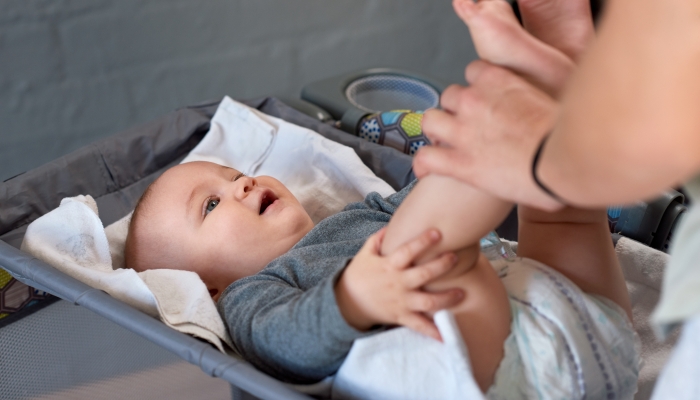
- Many pack ‘n plays have a recommended weight limit of around 30 pounds and an age limit of between two and three years.
- A bassinet attachment can be used with babies up to six months of age, depending on their weight and mobility.
- Always check the product instructions to find the particular pack and play weight limit for your model. If there is no age restriction or weight limit given, check for a height limit.
- Read any guidance on developmental milestones, as these are important indicators of when your baby has outgrown their pack and play.
- Stop using your pack ‘n play as soon as your baby hits any of the limits given. Continuing to use the pack ‘n play after this time can put your baby in danger.
Pack ‘n plays combine the benefits of a playpen and a portable crib, offering a safe place for your baby to sleep and play, at home and away.
Featuring a lightweight, durable frame with tall mesh sides and a rectangular padded base, pack ‘n plays are portable and versatile. Folding down for storage and travel, a pack and play is easily transported in its own carry case. The original pack ‘n play was designed by Graco and is trademarked, but similar products are also known as playards or play yards.
But how long can your child safely use their play yard? Many pack ‘n plays have weight limits or other guidelines for when to stop using them.
If you’re wondering whether a pack and play is worth buying for your little one or you’re not sure when to stop using the play yard you already own, we’ve got you covered.
Do Pack ‘N Plays Have Weight Limits?
Yes, most pack ‘n plays have weight limits.
These can be found in the manual or instruction leaflet. If you no longer have the paperwork that came with your pack and play, search online for the make and model to make sure you have all the information you need to keep your baby safe.
Some pack and play models, particularly those with mattresses that rest on the floor, may have a higher weight limit or none at all. Check the product description as there may be a height limit instead.
If your pack ‘n play has a detachable bassinet, diaper changing table, or multiple levels these will all have separate weight limits. The instructions should also offer guidance on developmental milestones, as these can affect whether or not your pack ‘n play is safe for use with your child.
Toys, music, lights, and even movement settings may be appropriate for different ages and stages. Make sure all accessories are fixed securely and used for their intended purpose.
With so many choices available it’s worth spending some time considering the best pack ‘n play for your family’s needs. A travel pack ‘n play is lightweight, quick to fold, and easy to transport—ideal if you’re often on the move.
For babies who spend a lot of time at their grandparents’ or another second home, a bulkier carrying bag won’t be an issue, and you might appreciate the added convenience of additional features like storage space and a changing station.
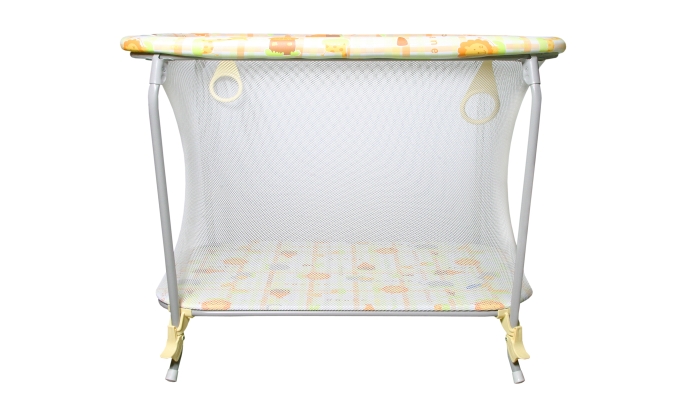
What Is the Weight Limit of a Pack ‘N Play?
With no standard size, pack ‘n play weight limits vary between brands and styles. These differences can be significant, so make sure you check the manufacturer’s guidelines.
Most pack ‘n plays have weight limits of between 25 and 35 pounds, with a typical height limit of 35 inches. Once your child shows any signs of climbing or tipping a pack ‘n play, it’s no longer safe to use.
Detachable bassinets and bassinet levels are safe for infant sleep and are designed for newborns. A bassinet weight limit is usually 15 pounds.
Once your baby starts to roll or push up on their hands and knees they will need to move out of the bassinet level, even if they weigh less than the limit specified. At this point, you’ll need to lower the mattress and use the main section of your pack ‘n play.
Some models have multiple levels and may be progressively lowered as your baby grows. Familiarize yourself with the manual to make sure you’re using these levels as they were intended.
Until What Age Can a Child Use a Pack ‘N Play?
The main structure of your pack ‘n play can be used until your child is around three years old, as long as are within the weight or height limits, are happy in the pack ‘n play, and have made no attempts to escape.
Some children will reach the pack ‘n play weight limits much earlier, but by the time your baby has physically outgrown the space, they’ll likely be ready to move on anyway.
The pack and play bassinet section is suitable for use up to six months of age, although many babies reach the weight limit by three or four months. At this age, they may also have started to roll or pull themselves up. As soon as either of these developmental milestones is reached, stop using the bassinet part.
Once your baby moves to the lower level of the pack and play make sure you remove any accessories from the top level. A changing station, bassinet, and hanging toys can all pose a risk of choking and strangulation. Your baby may also be able to use these accessories to climb out of the pack ‘n play without you realizing it.
Pack and plays are subject to safety regulations approved by the Consumer Product Safety Commission (CPSC). In 2022, new rules came into force, ensuring that all products intended for infant sleep must be suitable for babies under five months. This means they must have a flat sleeping surface, angled no more than ten degrees.
While a pack and play bassinet is a safe space for baby sleep, be careful of other products labeled as rockers, loungers, or seats. These attachments are not safe sleeping spaces for your baby and should only be used for short periods with supervision.
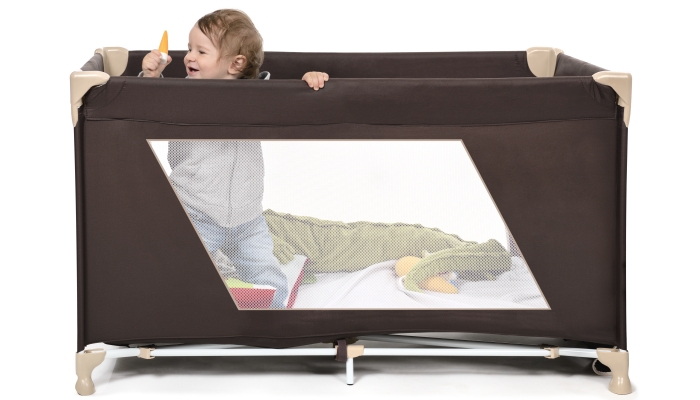
Why Do Pack ‘N Plays Have Age and Weight Limits?
The pack ‘n play weight limit is there to keep your baby safe and to prevent any unnecessary accidents.
If your baby is too heavy for the pack and play, there is a risk of collapse. Even a sagging mattress is uncomfortable and unsafe for your baby. Follow safe sleeping recommendations from the American Academy of Pediatrics (AAP) to reduce the risk of sudden infant death syndrome:
- Lay your baby to sleep on a firm and flat surface.
- Always place your baby to sleep on their back.
- Room share with your baby for the first six months to a year.
- Use the original mattress pad purchased with the pack ‘n play when possible.
- Replacement mattresses must be manufacturer-approved and fit flat and snug.
- Use fitted pack ‘n play sheets, and keep soft toys and loose bedding out of your baby’s sleeping area.
- Exclusively breastfeed your baby for the first six months, continuing alongside solid food for as long as you and your baby wish, up to two years and beyond.
As your baby grows in weight and strength, they may be able to push against the sides of the pack and play causing it to tip and fall. Taller children may be able to reach and grab nearby objects that might cause choking. Hot drinks and electrical items could cause burns, and some curtains or blinds have strings that can be a strangulation hazard.
Make sure your pack ‘n play is placed on a flat, stable surface where it won’t get knocked over. Allow plenty of space around your pack and play so no sharp edges press against the sides and your baby can’t reach outside the play yard. Keep your pack ‘n play away from pets, windows, and anywhere else items could fall in.
Other Conditions for When to Stop Using a Pack ‘N Play
Stop using your pack ‘n play as soon as your baby:
- Reaches any weight limit, height limit, or age restriction specified in the manual.
- Shows any sign of climbing or tipping your playard.
If your baby’s height makes it difficult for them to lay down comfortably, they have outgrown the pack ‘n play for sleep. Your baby may still be able to use the pack ‘n play as a safe play area as long as they’re within the pack ‘n play weight limit and show no signs of climbing.
Also, if your baby is distressed in the pack ‘n play, it’s time to consider alternatives. A pack ‘n play is a useful bit of kit but not an essential item and may not suit all children.
Your pack ‘n play should be kept clean and hygienic. Aim to clean your pack ‘n play regularly, especially if it’s used outside. Pay particular attention to the folding mechanism, as soil, sand, and stones can all compromise the structural integrity of your playard.
While your pack ‘n play is safe for everyday use, it’s not designed for it and neither are you. Regular use of a pack ‘n play involves a lot of lifting and bending, so take care of your back. Any aches and pains may be a sign it’s time to stop using the pack ‘n play.
Always use the pack ‘n play according to the manufacturer’s instructions and inspect it regularly to make sure all parts are in good working order and there are no signs of wear and tear.
Your pack ‘n play is not safe to use if you spot:
- Any signs of damage to your pack ‘n play.
- Holey or ripped mesh.
- Loosening or stretching of the mesh.
- A sagging or warped mattress.
- Any locking parts that no longer fit securely in place.
FAQs
When should you lower a pack ‘n play?
If your pack ‘n play has a detachable bassinet or an attachment to fit the mattress at a higher level, this is for newborns only and will have a weight limit.
As soon as your baby starts to roll or push up on their hands and knees, even if they’re within this weight limit, you should stop using the bassinet level and lower the mattress in your pack ‘n play.
How long can you keep a pack ‘n play?
Stop using your pack ‘n play as soon as your child reaches the weight limit, age restriction, or any milestones specified in the instruction manual—whichever comes first.
As long as your pack ‘n play complies with the latest safety guidelines and is in good working order, you can keep your pack ‘n play for your next child. Make sure your pack ‘n play is kept in a clean and dry area of your home, away from pets and mold.
Check the CPSC website for any recalls or safety information when you’re ready to use your pack ‘n play again.
What can you do with a pack ‘n play that you no longer use?
If your pack ‘n play is in good condition, you may be able to sell it online or to a local exchange shop. Ask family and friends if they know anyone who could use a pack ‘n play, or consider donating it to a local charity, baby bank, or women’s shelter.
An old pack ‘n play can provide useful storage for a large collection of soft toys, and when placed on its side, can easily be repurposed into a den for older children.
If your playard is no longer safe for your little one, it might make a comfy bed for your pet or a useful addition to a local animal shelter.
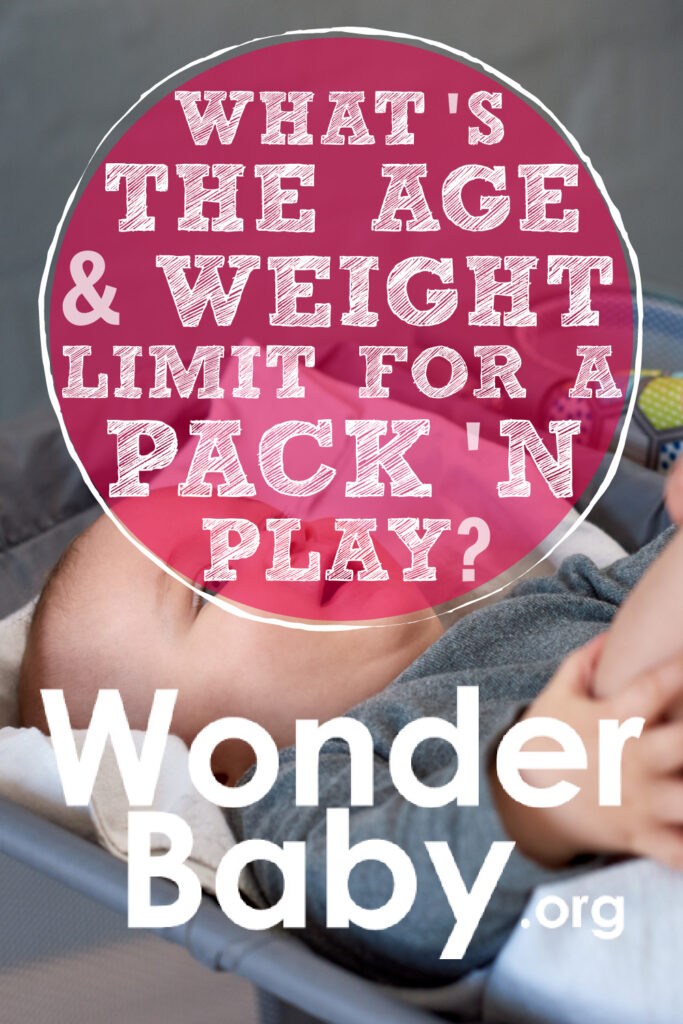
Related Posts
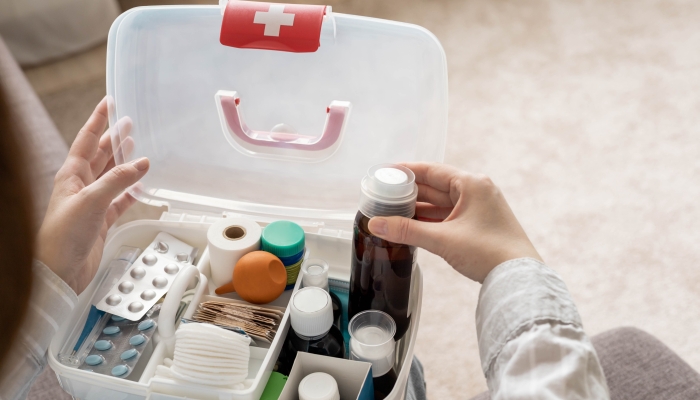
Product Reviews
4 Best Infant First Aid Kits
Having a high-quality and well-stocked infant first aid kit can give you peace of mind and confidence in your ability to care for your kids at home.
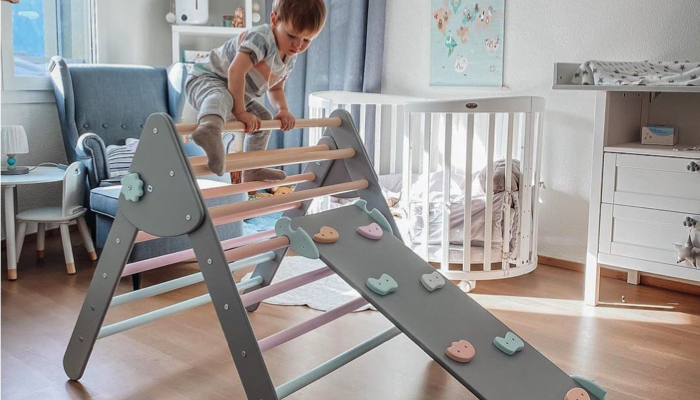
Product Reviews
9 Best Toys to Keep Kids Active
Looking for active toys to keep your kids moving? Have kids who never seem to burn off their energy? Read our guide to our favorite active play toys.
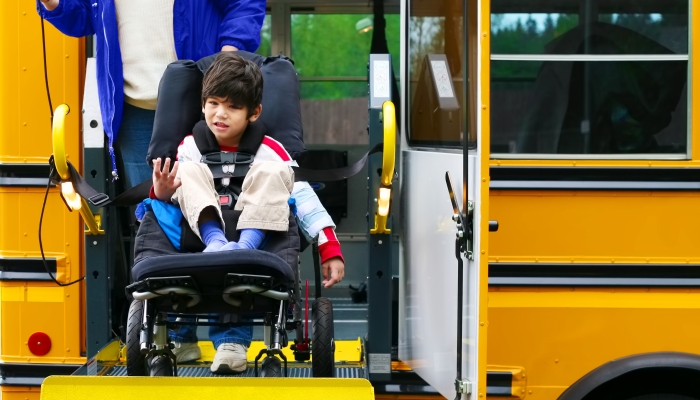
Product Reviews
The 5 Best Adaptive Strollers for Special Needs of 2024
The best adaptive strollers are designed to accommodate individuals with special needs, disabilities, or mobility challenges. Find our favorites here!